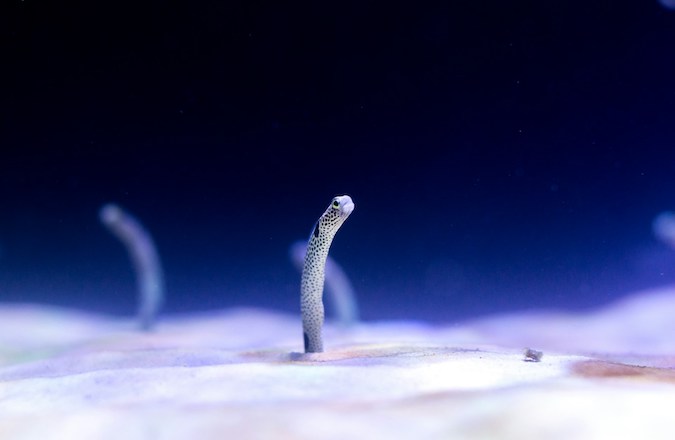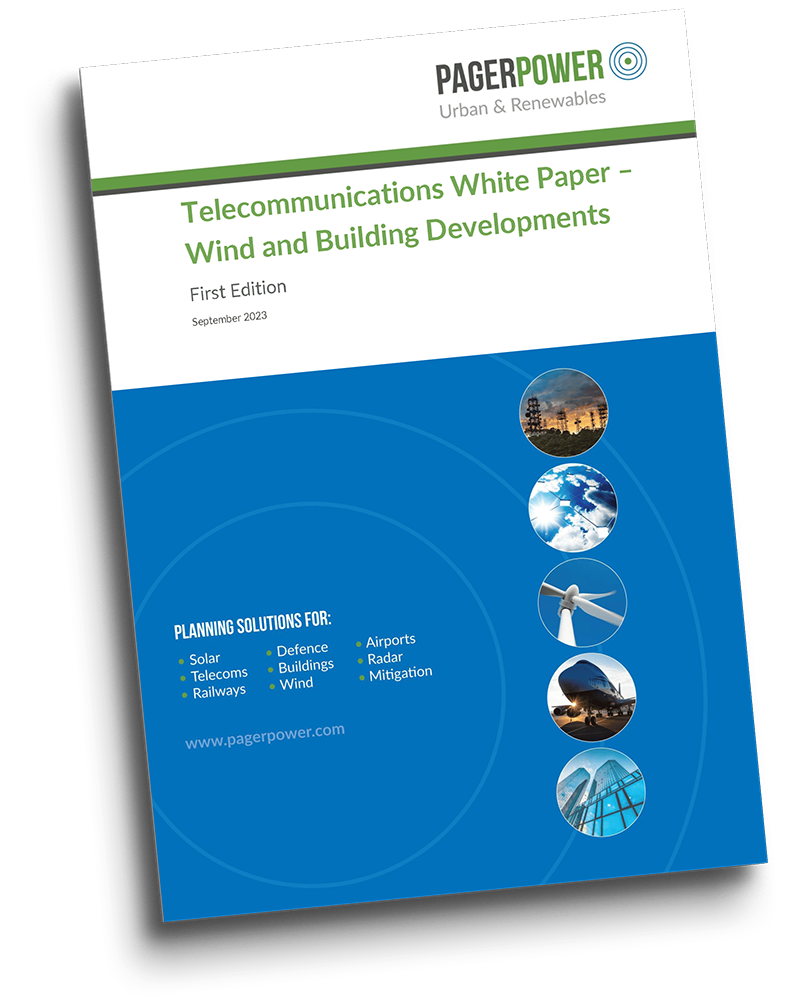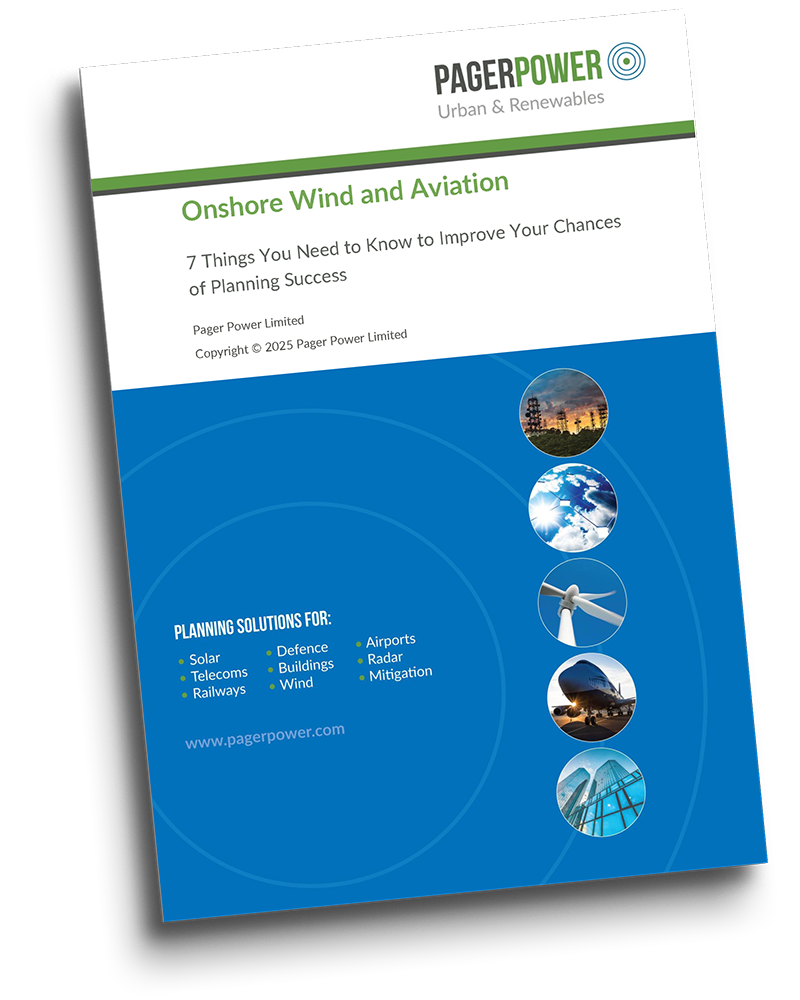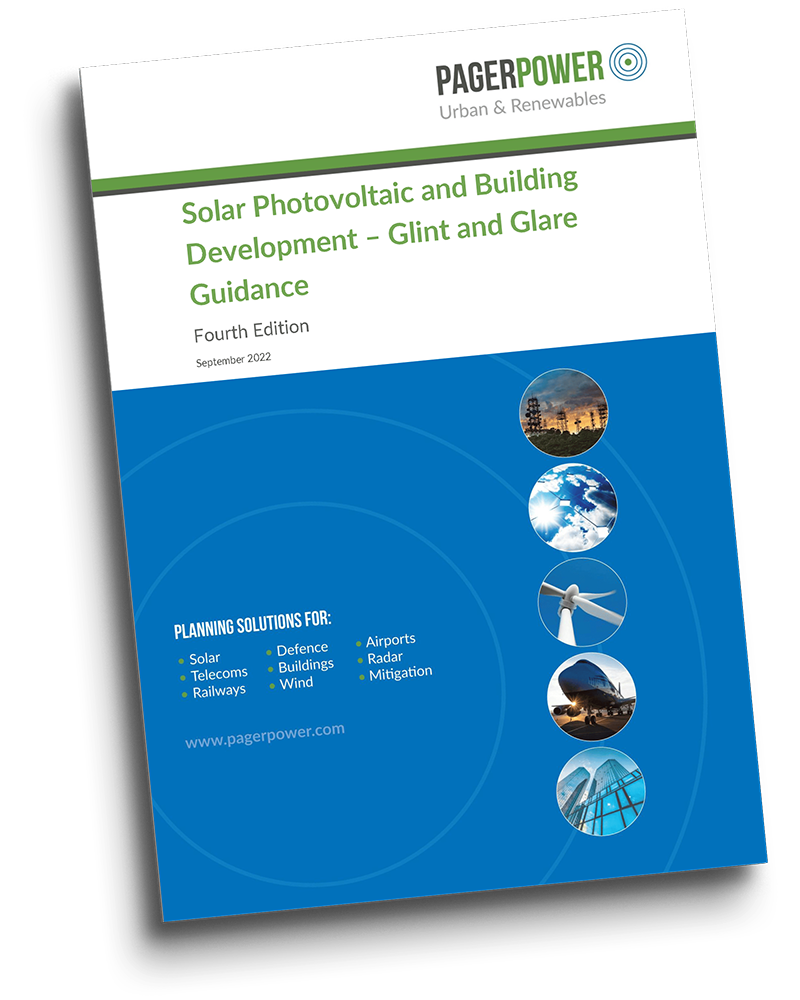Climate Change: Is the Ocean Calling Out for Our Help?

Recent sightings of rare deep-sea creatures washing ashore have ignited concerns surrounding environmental disasters and climate change. This article dips into the known impacts of climate change on deep-sea ecology, before assessing the role of renewables in mitigating ocean warming by reducing greenhouse gas emissions.
Sightings of Deep-Sea Creatures at the Surface
A humpback anglerfish, also known as the “black sea monster”, was recently sighted in shallow waters approximately 1.2 miles off the coast of Tenerife in Spain. Usually, the anglerfish is known to live as deep as 6,500 feet under the sea. Such a depth is known as the Bathypelagic Zone, or the “midnight zone,” where animals live in constant darkness and the only light comes from bioluminescence [1].
In another sighting, the mysterious oarfish, which lives up to 3,000 feet below the surface, was filmed at Baja California Sur along Mexico’s Pacific Coast [2]. The ethereal looking fish has inspired centuries of folklore, being referred to as “doomsday fish” due to their mythical reputation as predictors of natural disasters.
There is no direct evidence to suggest that deep-sea creatures reaching the surface occur directly before or after natural disasters. As the debate between science and folklore continues, one thing is clear – our oceans are changing, and these strange marine events could be warning signs of larger ecological shifts.
Figure 1: Small marine creature in a seabed [15]
Known Impacts of Climate Change on Deep-Sea Ecosystems
As the main component of the Earth’s climate system, the ocean contains about 1.35 billion cubic kilometres of water or about 97% of all the water on Earth. It covers more than 71% of the globe’s surface, having a fundamental role and the capability to exchange large amounts of warmth, freshwater, and carbon with the atmosphere while providing a large capacity for heat uptake, storage, and transport [3].
Over the past 50 years, the ocean has emerged as a primary heat reservoir, absorbing and distributing most of the Earth’s warming, with more than 90% of the heat gain occurring within its waters. This is proving to be consequential for deep-sea marine life in a number of ways:
- Deoxygenation – The Pacific Ocean’s Oxygen Minimum Zones (OMZs)
Across the globe, OMZs have been expanding due to climate change-driven deoxygenation [4]. This has led to habitat loss for deep-sea species such as squid and fish, which rely on stable oxygen levels. In the eastern Pacific Ocean, species like the Humboldt squid, once abundant, have shifted their distribution in response to oxygen loss, affecting predator-prey dynamics in the deep sea [5]. - Ocean Acidification – Deep-Sea Corals in the North Pacific
Deep-sea corals have been severely affected by ocean acidification. Studies have shown that cold-water coral species like Lophelia pertusa struggle to build and maintain their calcium carbonate skeletons in increasingly acidic waters, making them more vulnerable to breakage and erosion [6]. This impacts marine biodiversity, as deep-sea corals provide essential habitats for many fish and invertebrates. - Changes in Ocean Circulation – Atlantic Meridional Overturning Circulation (AMOC) Weakening
The AMOC, a key deep-ocean current that regulates global climate and nutrient transport, has been weakening due to warming temperatures and ice melt from Greenland. This disruption has led to reduced nutrient flow to deep-sea organisms in the North Atlantic, impacting food availability for species like deep-sea fish and scavengers that depend on organic material sinking from surface waters [7]. - Climate-Driven Habitat Loss – Methane Seeps in Warmer Waters
Methane seeps are essential ecosystems in the deep ocean, supporting unique communities of organisms reliant on chemosynthetic energy sources [8]. Warming waters have destabilised methane hydrate deposits, leading to increased methane release and habitat destruction [9]. This threatens deep-sea mussels, crabs, and other organisms that rely on these unique ecosystems for survival.
Can Renewable Energy Help to Reduce the Impact of Ocean Warming?
Renewable energy reduces reliance on fossil fuels, which in turn lowers carbon dioxide (CO₂) emissions. This can support directly in slowing down the rate of ocean warming. However, certain renewable energy projects can directly impact deep-sea ecosystems, including:
- Offshore Wind Farms: Large wind farms in coastal and deep-sea environments can disturb benthic (seafloor) ecosystems during construction [10]. Turbine foundations and cables may alter local habitats, affecting deep-sea corals and fish [11]. However, once built, these structures can also act as artificial reefs which can bolster habitats for marine life [12].
- Deep-Sea Mining for Renewable Energy Materials: The demand for minerals like cobalt, nickel, and rare earth elements (used in batteries and solar panels) has led to interest in deep-sea mining. This could cause habitat destruction and sediment plumes, potentially harming deep-sea organisms [13].
- Hydropower and Ocean Currents: Whilst less common, ocean current energy projects can change water flow patterns, which might affect nutrient distribution in deep-sea environments [14].
Conclusions
Renewable energy is a key solution to reducing the impact of climate change on deep-sea ecosystems. The reduction of CO2 emissions as a result of abandoning the use of fossil fuels may help to reduce ocean warming, and in turn effects such as deoxygenation, ocean acidification, changes in ocean circulation, and habitat loss. However, careful planning is needed to ensure that renewable energy projects do not create new risks for deep-sea habitats. Sustainable practices, environmental regulations, and responsible material sourcing (e.g., recycling critical minerals) can help balance the benefits and potential drawbacks.
About Pager Power
Pager Power undertakes technical assessments for developers of renewable energy projects and tall buildings worldwide. For more information about what we do, please get in touch.
References
[1] Cohen, Li. (February 2025). Video shows Black seadevil fish, usually only found in lightless depths of the sea, making rare swim near ocean surface, CBS News, Accessed on: 13/03/2025
[2] Singh, M. (February 2025). Shimmering oarfish rarely seen near ocean surface pops up on Mexico beach, The Guardian, Accessed on: 13/03/2025
[3] Venegas. R. M., et al. (December 2023). Three decades of ocean warming impacts on marine ecosystems: A review and perspective, Deep Sea Research Part II: Topical Studies in Oceanography, 212, Accessed on: 13/03/2025
[4] Zhou. Y. et al, (January 2022). Responses of Horizontally Expanding Oceanic Oxygen Minimum Zones to Climate Change Based on Observations, Geophysical Research Letters, Accessed on: 13/03/2025
[5] Yong, E. (December 2008). Climate change squeezes jumbo squid out of oxygen, National Geographic, Accessed on: 13/03/2025
[6] Hoegh-Guldberg, O., et al. (May 2017). Coral Reef Ecosystems under Climate Change and Ocean Acidification, Frontiers in Marine Science, 4(17), Accessed on: 13/03/2025
[7] Timmermans, M-L. & Marshall, J. (March 2020). Understanding Arctic Ocean Circulation: A Review of Ocean Dynamics in a Changing Climate, Journal of Geophysical Research, 125(4), Accessed on: 13/03/2025
[8] Oregon State University. (May 2016). Hydrothermal vents, methane seeps play enormous role in marine life, global climate, Earth Sciences, Accessed on: 13/03/2025
[9] Beem, K. (July 2020). Rolling in the Deep: Climate Change and Deep Sea Ecosystems, Colombia Climate School, Accessed on: 13/03/2025
[10] McCracken-Heywood, N. (February 2022). Are Offshore Wind Farms a Friend or Foe of Marine Life?, Big Blue Ocean Cleanup, Accessed on: 13/03/2025
[11] Alamady, A., et al. (June 2024). Environmental Impact Assessment of Offshore Wind Farms in Deep Waters, IPCES 2023, 540, Accessed on: 13/03/2025
[12] NOAA Fisheries. (no date). Offshore Wind Energy: Assessing Impacts to Marine Life, Accessed on: 13/03/2025
[13] Sweetman, A., et al. (February 2017). Major impacts of climate change on deep-sea benthic ecosystems, Elementa: Science of the Anthropocene, 5(4), Accessed on: 13/03/2025
[14] Tethys. (no date). Ocean Current, Accessed on: 13/03/2025
[15] Uriel Soberanes (September 2017) from Unsplash.com. Last accessed on: 17/03/2025. Available at: Micro photography of white marine creaturehttps://www.pagerpower.com/wp-content/uploads/2025/03/climate-change-ocean-thumbnail.jpeg








